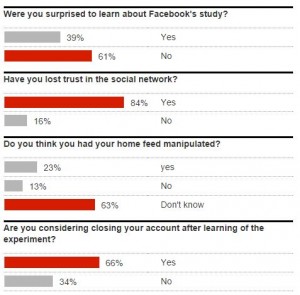
I don’t have a solution to this problem. Heck, I wouldn’t even know how to approach it, from a local or a global scale. But I’d like to discuss the question, “if the UN was fully funded, why would we need the Arc or the Social Enterprise?”. It’s an interesting topic, but I think it could tie in to what I mentioned before. The difference between the rich and the poor is a global issue of large proportions. It can’t be fixed in one fell swoop(as far as I know). In such a way, even if the UN were fully funded, it would not be able to provide a sustainable solution for all global issues. There are simply too many and are too large. Sure, the UN could throw money at the problem. But let’s be honest, money runs out, and the UN has so many of the world’s problems to deal with. It’s too spread out. The arc initiative and social enterprise are unique in that they target smaller communities in need and can produce sustainable solutions, though at a small scale. But these small effects can add up as more and more people are involved. The arc initiative and the social enterprise could have large, lasting effects, than the UN could possibly do on its own.




 h classmates’ blogs and I happened upon Jayden Shyu’s post, “
h classmates’ blogs and I happened upon Jayden Shyu’s post, “




